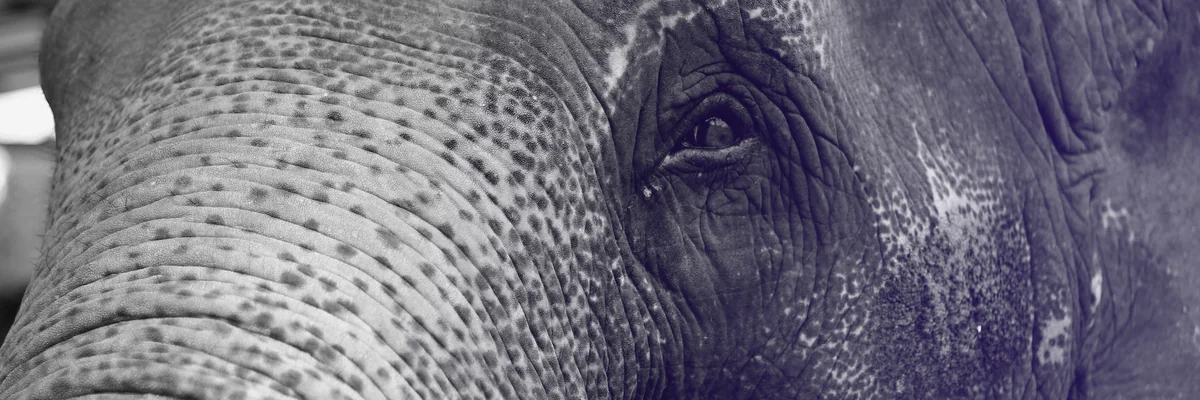SPSS Finding Outliers in a Dataset
Why Are There Extreme Values in Data? Several reasons account for outliers in datasets, with the simplest being the natural variance in human populations. Humans differ in many ways, and a certain degree of variation is normal. Whether something is considered an outlier often depends on the sample being studied. For instance, a person over …








